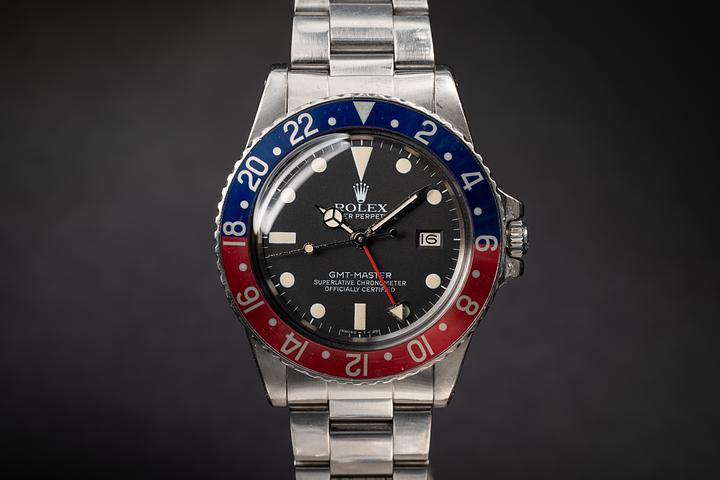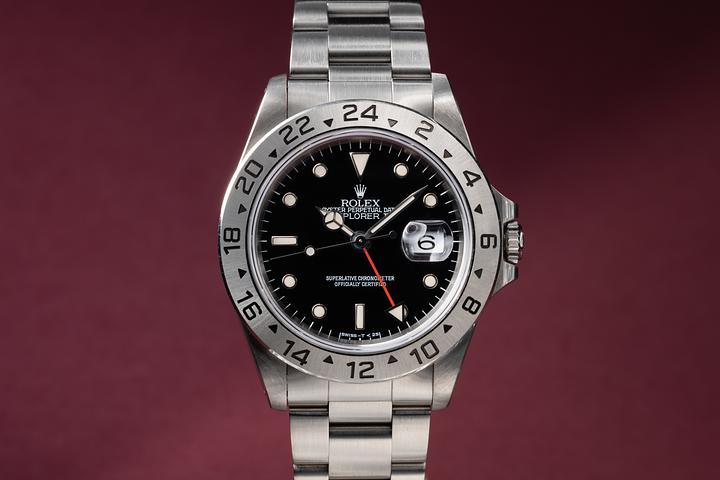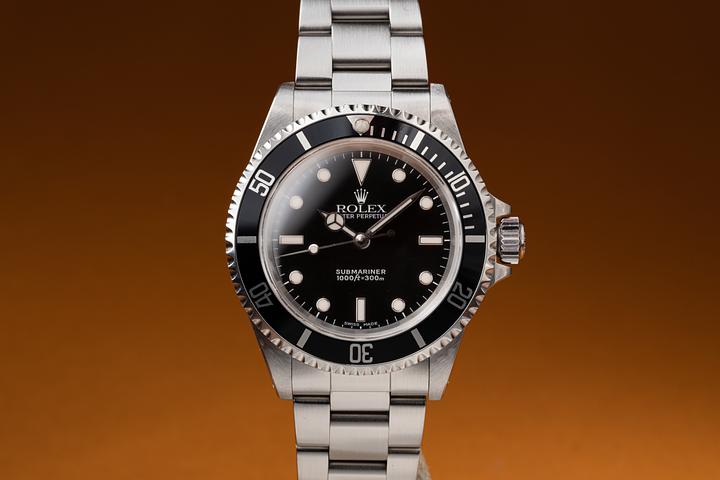Rolex Submariner Lug Width Explained: Fit, Style, Legacy

Understanding the Rolex Submariner Lug Width: A Deep Dive Into Swiss Watchmaking Precision
There’s something quietly compelling about the Rolex Submariner. Maybe it's the legacy, maybe it's the precision, maybe it’s the way it sits just right on the wrist. For serious watch people—and even the casually curious—the details matter, right down to the millimeter. One such detail that often flies under the radar but is absolutely essential to the design and comfort of a watch? The lug width. Particularly when it comes to the Rolex Submariner, the lug width isn't just functional—it’s part of what gives the watch its unmistakable identity. So, in between emails and coffee sips this morning, I started pulling everything I knew (and a bit of research) to shine some light on what makes the Submariner’s lug width something worth talking about. Let’s go.
A Brief History of the Rolex Submariner
Introduced in 1953, the Rolex Submariner wasn’t just another addition to the Swiss catalog—it was a pioneering modern dive watch, capable of resisting water depths up to 100 meters at launch (a spec since dwarfed by more recent models, obviously). Designed not for form, but for function, it quickly found itself on the wrists of explorers, divers, and even James Bond in the early 1960s (oh hey, Sean Connery). But what helped it stand out, beyond the rotating bezel and luminous markers, was the robust yet wearable case design, tethered to wrists via carefully calibrated lugs.
What Exactly Is Lug Width?
Good question. The lug width is the internal spacing between the lugs of a watch—the two protruding pieces that extend from the case where the strap or bracelet connects. Now, this might sound like a minor measurement, but it determines what straps fit the watch and has a large effect on how the watch wears overall. For the Rolex Submariner, the most typical lug width is 20mm—a true Goldilocks size in the world of horology. Not too slim, not too chunky. Just right.
The 20mm Legacy and Wearability
Most Rolex Submariners, from the classic reference 5513 to the more contemporary 124060, feature that standard 20mm lug width. Why does this matter? Well, for collectors or daily wearers, it means versatility. You can easily swap between Rolex’s iconic Oyster bracelet, rubber straps, NATO bands—whatever suits your style or activity. This width strikes a balance between aesthetic proportion and practicality, especially on the standard 40mm to 41mm case sizes that the Submariner typically hovers around.
Think about it: a watch is worn on the wrist, and comfort is fundamental. A 20mm strap on a 40mm watch offers a snug, balanced feel that doesn’t tip the scales one way or another. Rolex engineers knew what they were doing—nothing is by accident here, especially not in Geneva. And while we’re here: quick tip—if you plan to explore strap options beyond the classic bracelet, always double-check for spring bar compatibility. The Submariner case can take a bit of finesse to work with safely.
Modern Iterations and Lug Profile Changes
Fun fact, sort of a curveball. While the lug width has mostly remained at 20mm, the lug profiles have not been static. Case in point: in 2010, Rolex released the Submariner reference 116610, introducing what collectors call the "Super Case." This version widened the lugs without changing the actual lug width measurement. What you get is a watch that wears larger on the wrist due to the visual heft of the broader lugs, despite maintaining that sweet-spot 20mm strap space. Clever, Rolex. Subtle, but aggressive in presence. Many fans initially found it jarring, but over time, it’s become just another chapter in the Submariner’s design evolution.
Then in 2020, Rolex—doing what Rolex does—pivoted again with the 124060. This version subtly thinned out the lugs back to more classic proportions, aligning more closely with vintage references. The 20mm lug width persisted, but the shape softened. For many, it was a return to familiar perfection. The takeaway here? Rolex listens, but they operate on their own timeline. And they tinker not just with movements and bezels, but with millimeter-precise lug design, too.
Swiss Watch Industry Standards and the Role of Lug Width
Now, if we zoom out a bit and look at the broader Swiss watch landscape, the Submariner’s 20mm is basically the gold standard. Across the industry—from Omega’s Seamaster to TAG Heuer’s Aquaracer—20mm sits comfortably within the industry norm for midsize sport watches. There’s good reason for that: it’s comfortable, it’s versatile, and it allows seamless integration with the rest of a watch’s geometry. In a way, designing a watch is like solving a really beautiful math problem. Lug width must correspond with case thickness, diameter, and wrist ergonomics.
Swiss manufacturers are meticulous about these details because their clientele notices. Whether it’s a $2,000 diver or a $20,000 luxury tool watch, poor lug proportions can throw off the whole wearing experience. And Rolex, being Rolex, embodies the highest standard of that Swiss ideal—form marrying function with seamless elegance.
Final Thoughts: Why Lug Width Matters More Than You Think
So yeah, lug width isn’t the loudest or flashiest spec when you’re looking at a Rolex Submariner. But it’s important—super important, actually. It defines how your watch fits, what straps it can carry, and affects the whole vibe. Rolex has kept the 20mm dimension consistent for decades, which says a lot about their design philosophy. They don’t chase trends. They refine relentlessly. Each generation tweaks, observes, listens—and when something works, like this lug width, they honor it.
If you’re ever debating strap swaps or comparing references, pay attention to those lugs. Respect the math. Because once you notice the detail, you can’t unsee it. And really, isn’t that part of the magic of Swiss watchmaking?




